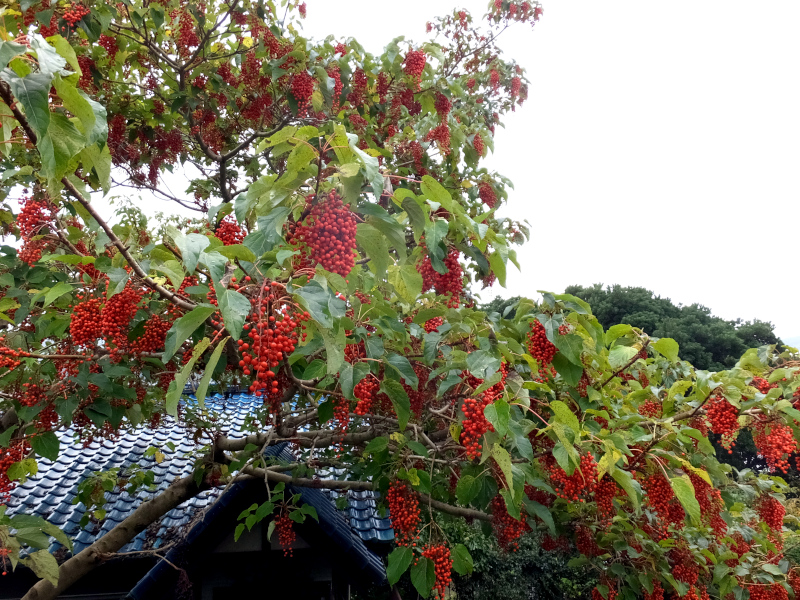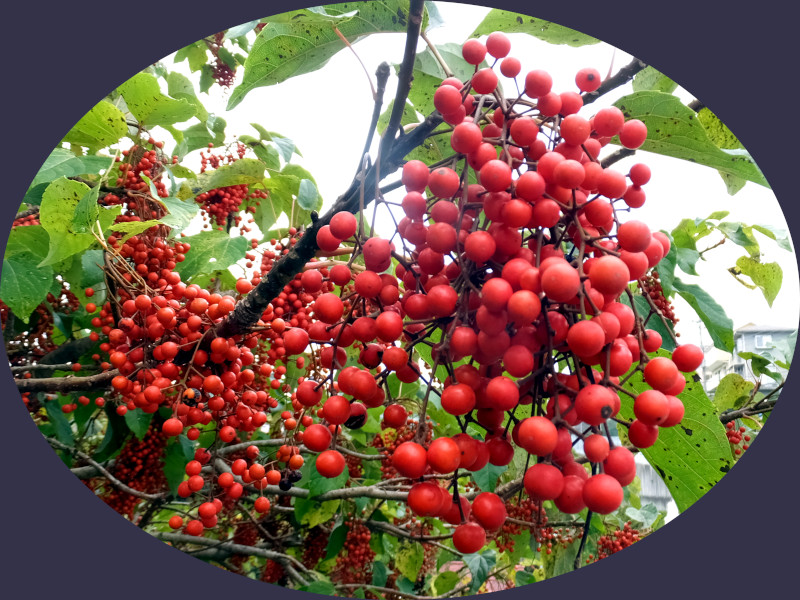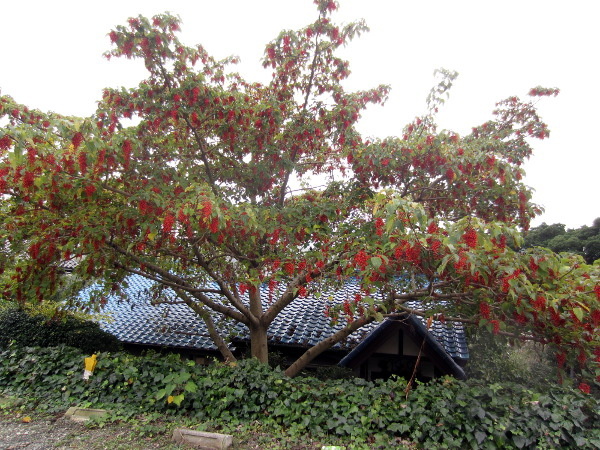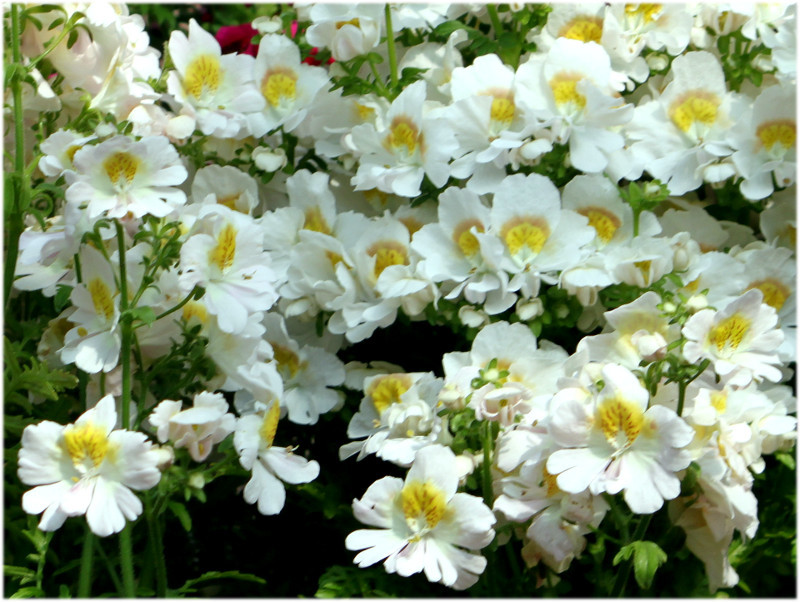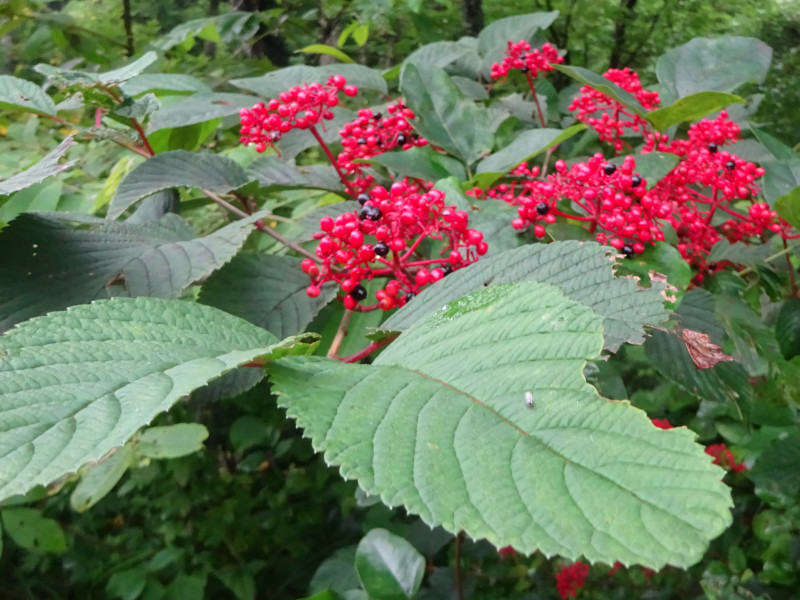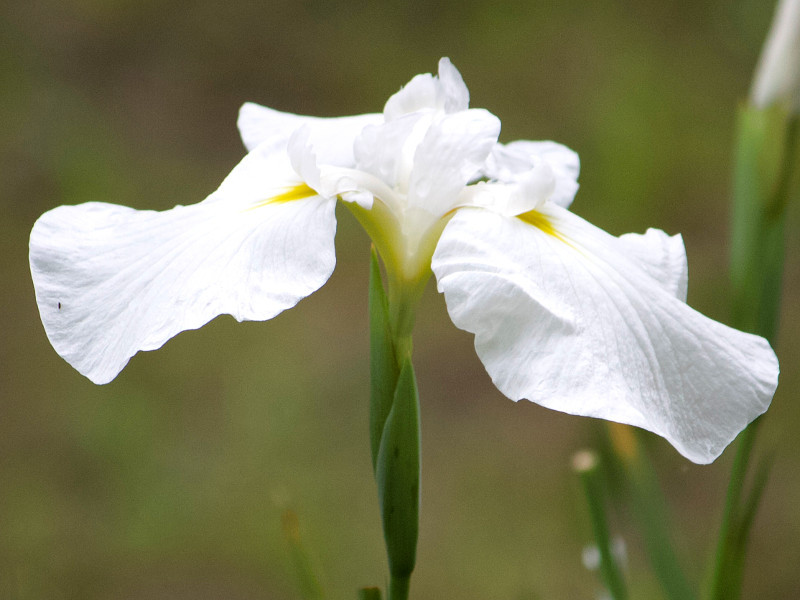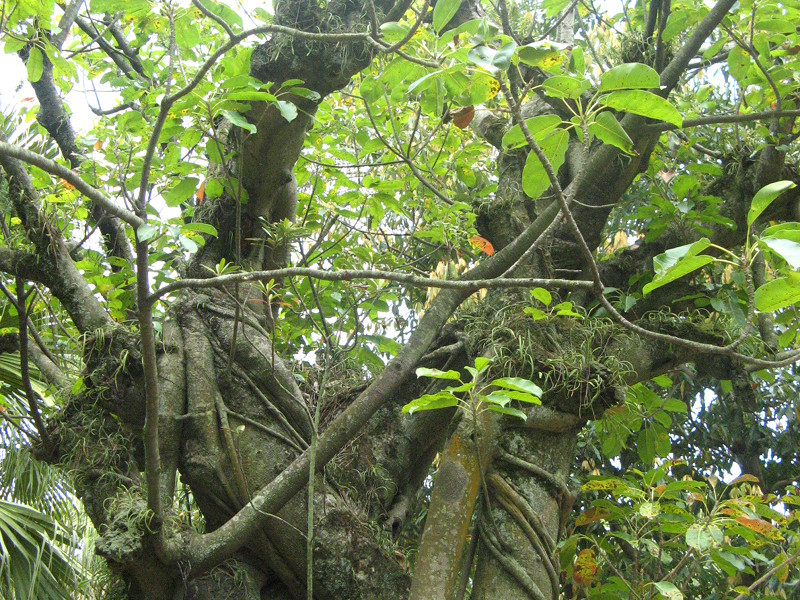Polycarpa
- Flower namePolycarpa
- Scientific nameIdesia polycarpa
- Aliasナンテンギリ, 南天桐, 飯桐, Idesia polycarpa
- Place of origin Japan, Korea, China and Taiwan
- Place of floweringGarden, Botanical Gardens, Park, Streets, Planting
- Flowering seasonApril, May
What is Polycarpa
Polycarpa or iigiri (Scientific name Idesia polycarpa) is a deciduous tree in the family Salixceae, native to Japan, Korea, China and Taiwan. Japanese name "Iigiri" comes from the fact that it was used to wrap rice. Yellow-green flowers (actually calyxes) bloom from spring to early summer. There are no petals, but rather five yellow-green sepals that look like flower petals. In the fall, the branches are filled with red fruits in large clusters. The red fruits, after the leaves have fallen off, are used in floral arrangements.
Common Name: polycarpa, Scientific Name: Idesia polycarpa, T also known as Iigiri, Nanten giri, Origin: Japan, China and Taiwan, Life-type: Deciduous tree, Tree height: 15 to 20 m, Leaf length: 15 to 20 cm, Inflorescence: Alternate growth and bunching at the tip of the branch, leaf shape: heart-shaped, leaf length: 10-20 cm, leaf width: 9-20 cm, petiole: a pair of nectar lines at the tip of the petiole, leaf color: green, leaf margin: serrated, dioecious, inflorescence: conical inflorescence, cotyledon: upper, flower color (actually calyx color): yellow-green in both sexes, inflorescence length: 15-30 cm, petals: none, number of sepals: 5. Flower diameter: 1.5 cm (0.5 cm) for male flowers (stamens), diameter of female flowers (pistils): 1 cm (0.4 cm), Flowering season: April-May, Fruit type: Liquid fruit, Fruit color: Orange to dark purple-red, Fruit shape: globular, Fruit diameter: 1 cm (0.5 cm), Satin number: numerous, Seed length: 0.3 cm (0.3 cm), Fruit edible: yes, Origin of the name: From the old days when rice was wrapped in the leaves of the polycarpa(Iigiri plant), Use: Garden trees, parks For trees, flower arrangement and display.
